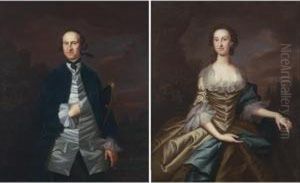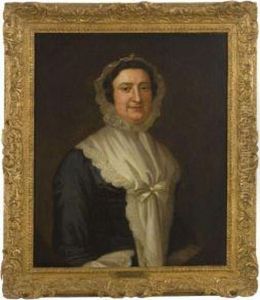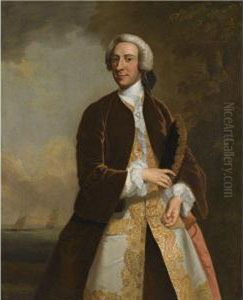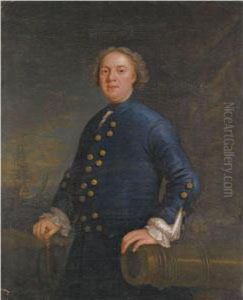John Ii Wollaston Paintings
John II Wollaston was an itinerant portrait painter whose life and career are enshrouded in much mystery, including the exact dates of his birth and early life. What is known is that he was active during the mid-18th century and died in 1775. Wollaston is primarily known for his work in the American colonies, where he painted portraits of colonial elites and prominent figures during a time when there was a high demand for such work but a limited number of skilled artists available to fulfill it.
Wollaston's work is characterized by its attention to detail, particularly in the depiction of fabrics and clothing, as well as its somewhat formulaic approach to poses and backgrounds. Despite this, his portraits are valued for their insight into the colonial era's social and cultural elite. He traveled extensively within the colonies, working in areas such as New York, Virginia, and Maryland, among others. This itinerant lifestyle was not uncommon for artists of his time, who would move from place to place seeking commissions from wealthy patrons.
Little is known about Wollaston's training or early career, but his style suggests that he had a solid foundation in the techniques of portrait painting prevalent in England during the early 18th century. His work in the colonies began around the 1740s, and he continued to paint until his death in 1775. The legacy of John II Wollaston is preserved through the portraits that remain, offering a valuable glimpse into the faces and fashions of colonial American society. Despite the lack of comprehensive records on his life, his contribution to early American art history is recognized by historians and collectors alike.




